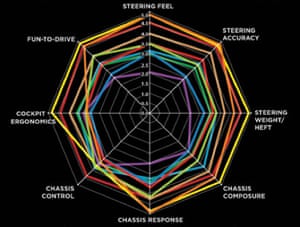For this blog, I want to go back to the first class and talk about one of the first things we learnt – Pie Charts are a big No No for visualization.
The visualization I picked talks about countries from where the highest immigrant populations are coming into US from a time period starting from 1960 to 2015. While the data that is analyzed is huge and shows diverse and a changing trend over time, using a pie chart to represent it has made it less intuitive and informative. What makes it worse is using interactivity with pie charts to show the data change over time.
The interactive visualization, by using the slider underneath it, we can see how the immigrant population is changing or is for a particular year. But,
Firstly, This visualization violates the very basic – Eye beats memory rule of thumb. When I use the slider to move from one year to another, it is very difficult to remember and compare how the trends have changed for different countries.
Secondly, what makes it even more difficult is that since no actual numbers are mentioned for countries; the areas for some countries as displayed by the area on the pie chart look very close to each other and it is confusing to compare.
Thirdly, I do not understand how to order them. While I can make out what is perhaps the largest and the second largest values, rest everything is vague. Also, changing countries over time doesn’t help.
Fourthly, while they have tried to keep the use of colors in a consistent fashion, since immigration from countries is changing and some countries are getting added or removed over time, the color change is puzzling.
What I would do to change it?
I want to go back Hans Rosling’s version to display the data to show the countries that have the largest immigrant populations coming into US and how it has changed over different years. The interactive version will make more sense and by visualizing the data on one chart, it becomes easier to compare and analyze.
Or Keep it Simple – Since the MPI wants to show numbers over a long period of time across several countries – I will use a table. It is simple, straightforward and will provide for an easy comparison.
Source – http://www.migrationpolicy.org/programs/data-hub/charts/largest-immigrant-groups-over-time






